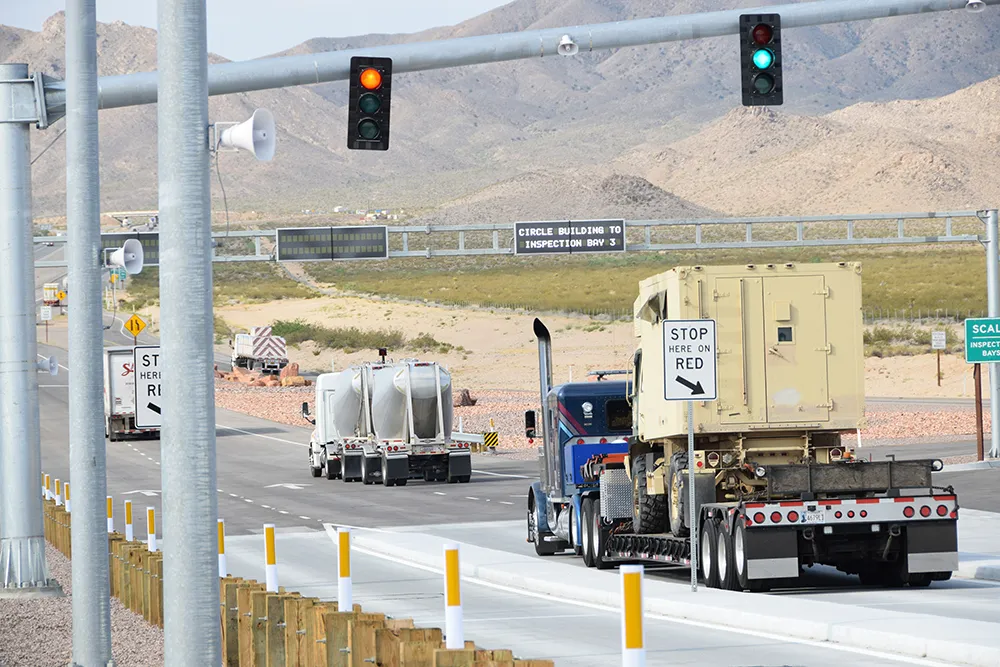Parsons Brinckerhoff has introduced an in-vehicle monitoring system (IVMS) for its entire fleet of motor vehicles in Australia, working with Securatrak to tailor the solution to its needs. The GPS tracking and journey management system will track almost any aspect of the fleet’s performance, anywhere and at any time, including the speed and route as well as behaviour such as the use of seatbelts, harsh braking and cornering, or whether 4WD is engaged when required. Parsons Brinckerhoff managing director for
May 15, 2013
Read time: 2 mins
The GPS tracking and journey management system will track almost any aspect of the fleet’s performance, anywhere and at any time, including the speed and route as well as behaviour such as the use of seatbelts, harsh braking and cornering, or whether 4WD is engaged when required.
Parsons Brinckerhoff managing director for Australia-Pacific, Mark Dimmock, said the company knows driving motor vehicles is the single greatest threat to its people’s health and safety.
“‘Based on a pilot program we ran in Brisbane, Sydney and Melbourne, we are confident IVMS can help improve safety and driver performance, which will have a substantial, positive impact on our overall risk profile. Using this technology across the country we can also identify efficiencies and reduce operating costs through reduced fuel, wear and tear, and damage.
“The introduction of IVMS is in addition to requesting our hire car providers have the technology available and to phasing in a requirement for all fleet vehicles to be
Securatrak managing Director Mark Holmes explained IMVS tracking can help fleet managers monitor and correct unsafe driving practices.
“While there is an immediate saving on cost, our priority is to provide an immediate safety return on investment and encourage more awareness among drivers of their performance behind the wheel,” he said.









